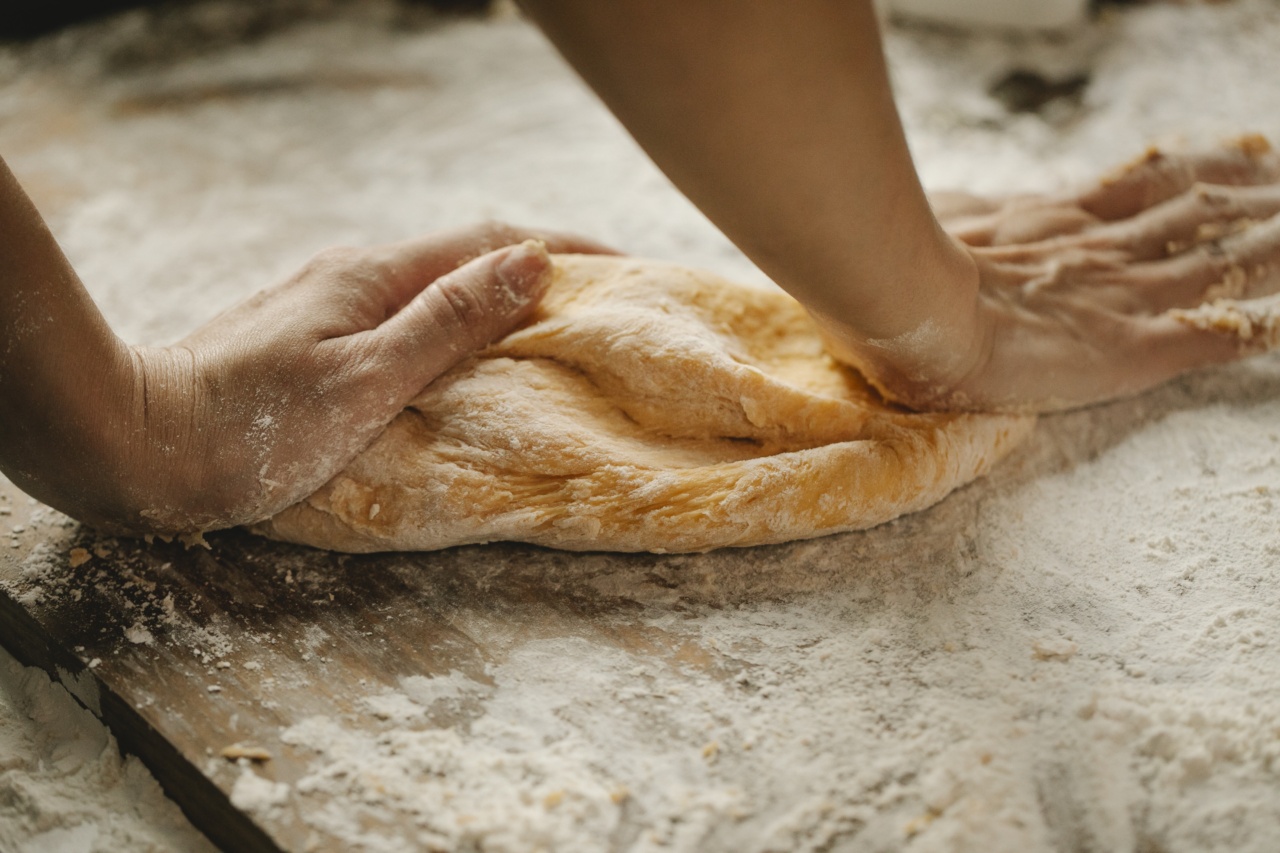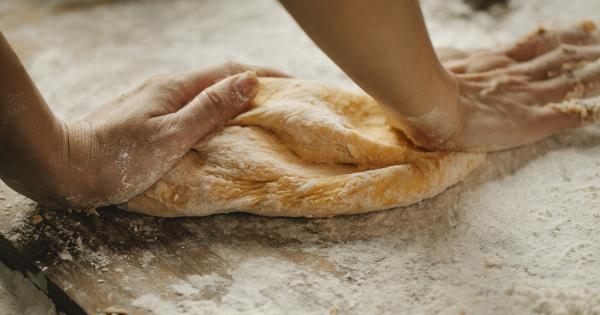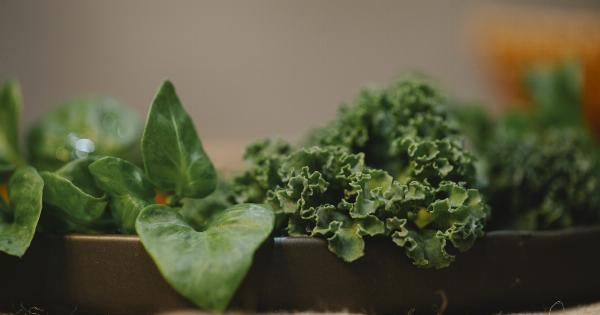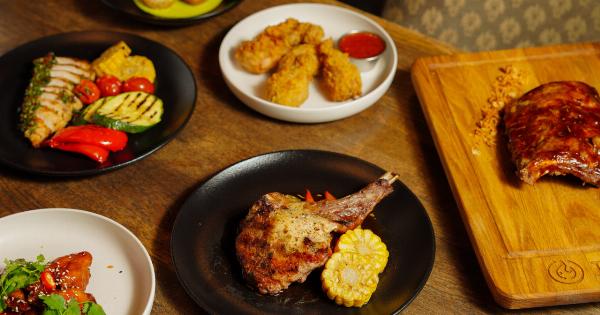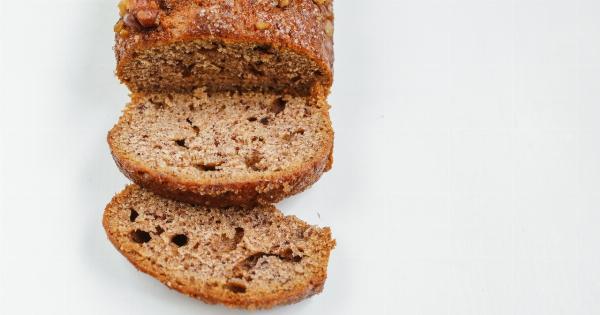Raw dough is a tempting treat for many, whether it’s a batch of cookie dough or a homemade pizza crust. There’s something undeniably satisfying about sneaking a few bites while you’re prepping for baking.
However, indulging in raw dough can come with potential risks that many people are unaware of. In this article, we will explore some of the dangers associated with consuming raw dough and why it’s crucial to exercise caution.
1. Uncooked Flour
Flour is a key ingredient in most dough recipes, but it may contain harmful bacteria such as E. coli and Salmonella if it hasn’t been properly processed and treated.
Raw flour has not undergone any treatment to kill bacteria, and ingesting it can lead to foodborne illnesses.
2. Foodborne Illnesses
The consumption of raw dough, especially those containing raw eggs, can expose you to foodborne illnesses like Salmonella or E. coli.
These bacteria can cause symptoms such as nausea, vomiting, diarrhea, abdominal cramps, fever, and more severe complications in some cases.
3. Risk of Salmonella
Raw eggs are a common ingredient in many dough recipes and can harbor Salmonella, a type of bacteria that can cause food poisoning.
Salmonella can be especially dangerous for vulnerable populations, such as young children, pregnant women, the elderly, and individuals with weakened immune systems.
4. Cross-contamination
Handling raw dough can create opportunities for cross-contamination. The bacteria present in raw dough can spread to other surfaces, utensils, or ingredients in your kitchen, increasing the risk of contamination and potential foodborne illnesses.
5. Botulism Risk
Using ingredients like honey in raw dough recipes can pose a risk of botulism. Honey has been associated with infant botulism, a rare but serious illness caused by the bacterium Clostridium botulinum.
While adults are less susceptible to this form of botulism, it’s still a risk worth considering.
6. Uncooked Yeast
Many dough recipes require yeast for leavening, and consuming raw yeast can have adverse effects on your health.
Ingesting live yeast cells can potentially cause an overgrowth of yeast in your digestive system, leading to bloating, gas, and other uncomfortable symptoms.
7. Altered Nutrient Absorption
Cooking dough is not only important to eliminate harmful bacteria but also to improve nutrient absorption. Raw dough contains anti-nutrients that can interfere with the absorption of essential vitamins and minerals in your gut.
Cooking dough breaks down these anti-nutrients, making the nutrients more bioavailable for your body.
8. Gluten-related Complications
Raw dough can be particularly problematic for individuals with gluten sensitivities or celiac disease.
Gluten, a protein found in wheat and other grains, can cause severe gastrointestinal symptoms and long-term damage to the small intestine in people with gluten-related disorders. Cooking dough denatures gluten proteins and reduces the risk of triggering these complications.
9. Unpleasant Taste and Texture
From a culinary perspective, indulging in raw dough may not provide the sensory experience you are seeking. Raw dough often lacks the desired textures and flavors that emerge during the baking process.
Enjoying the final product, rather than its raw counterpart, can offer a more enjoyable and satisfying eating experience.
10. Setting a Good Example
Lastly, consuming raw dough can set a poor example for others, especially children. Teaching proper food hygiene and safe food handling practices is essential, and indulging in raw dough may contradict these teachings.
By baking and enjoying dough in its fully cooked form, you can promote safe and healthy food behaviors.
